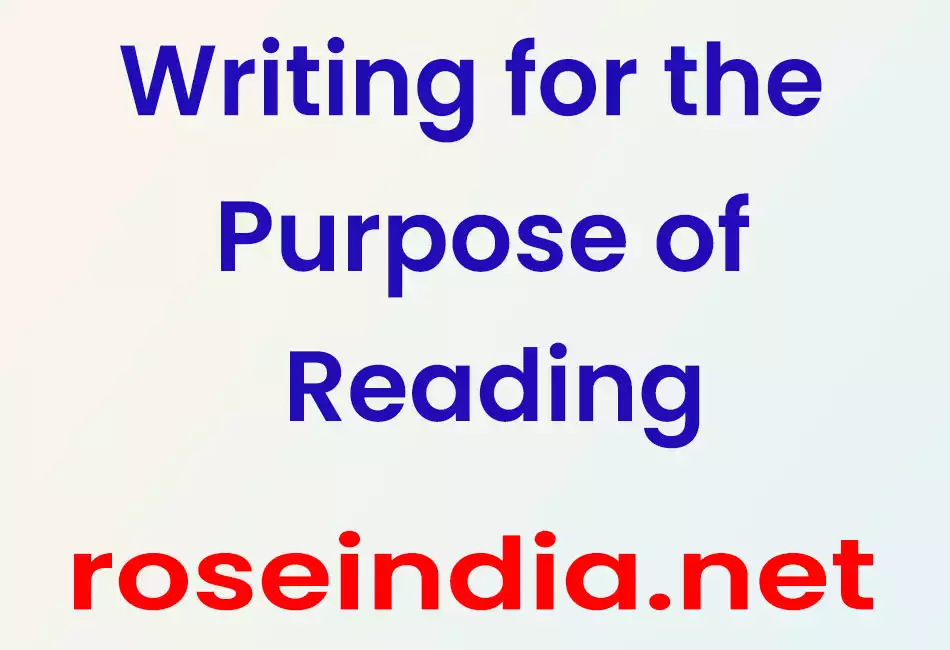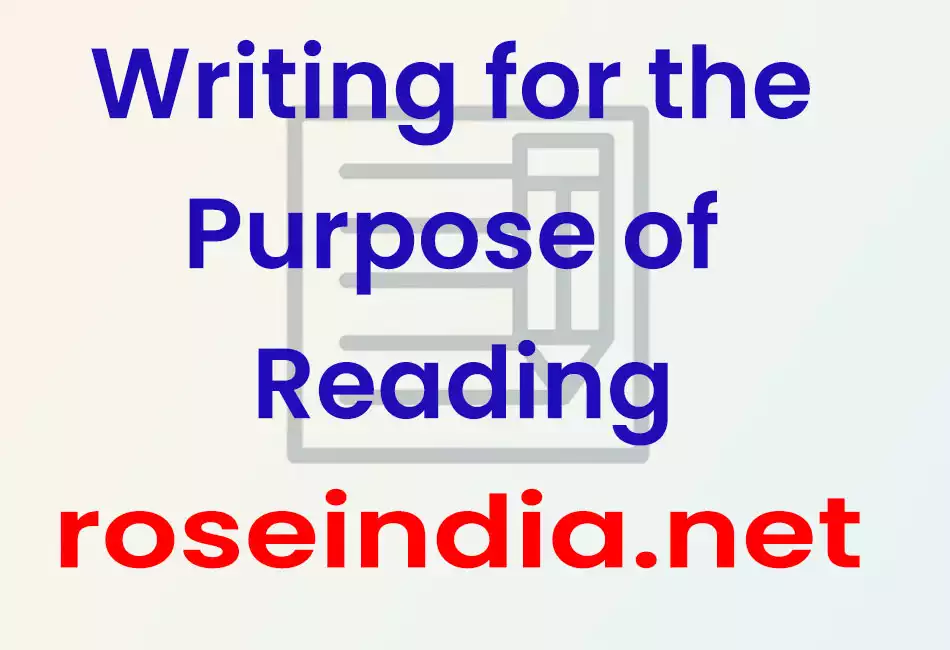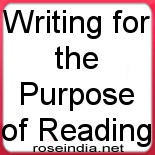This page discusses - Writing for the Purpose of Reading

Writing for the Purpose of Reading
A major portion of the design of the web page consists of textual material. To improve the readability of your textual material you should follow certain guidelines.
- To make the user realize the importance of a page the topmost head on the page should be H1.
- The head should be clear and should give an insight into the content of the sections.
- The use of inline character formatting to the heads should be avoided as the results of such an operation can vary from browser to browser.
- The texts should be organized in such a fashion that the hierarchy does not go deeper than four levels.
- The leads at the lower level will be harder to distinguish for the users and they will feel disoriented.

- The advantage of web writing is that a greater number of lists can be accommodated in it.
- If the order of the entries is important then always use numbered lists for this purpose.
- Also if the order of the entries is not very significant then use lists that are unnumbered because they will indicate to the users that the sequence is flexible.
- It is always better to keep the limit of items in any list to not more than nine.
- To avoid confusing the user the level of lists should not be more than two, the primary and the secondary.
- The captions are another important part of the textual content of you web page.
- They should be such that they give an independent identity to the illustration or table that they are meant for.
- The need to caption the illustration should be only when it is not self explanatory so much so that the caption should become redundant if it is used.
- The illustrations should not be numbered sequentially or chapter wise they should rather be numbered simply for instance illustration 1, illustration 2 etc. Or another way can be that you cover one topic per screen then numbering will not be required at all.
- The best bet will be to avoid using captions and figures until you need them real bad for referential or conceptual material.
- Its best not to use a hypertext link if the information that you intend to provide can be presented succinctly on the current page itself.
- There is no need to mention that you are providing any links.
- Its better to use the description of the information that the user can find in the link or probably the address of the link.
- Its good to use hyperlinks to provide all the supplemental information like all the definitions of abbreviations and terms or background reading or reference information.
- The font size that you use should not be smaller than 10pt for the body of the page.
- The fonts should be set in percentage rather than pixels so that the user has the liberty to set any comfortable size for him.
- It's always advisable to use a spell check and a grammar check because both these mistakes are not just embarrassing but also hurt the credibility of the site.
- The use of marketese is definitely detested by users as promotional writing styles and boastful claims which seem to be seeing its hay day on the web these days.
- It's also advisable to keep the English basic and sentence structure simple keeping in mind the average user.
- There will be definitely be a difference in the way technical and non technical users will read or scan through the pages of your site so you need to be able to judge that on the basis of the content of your site.



